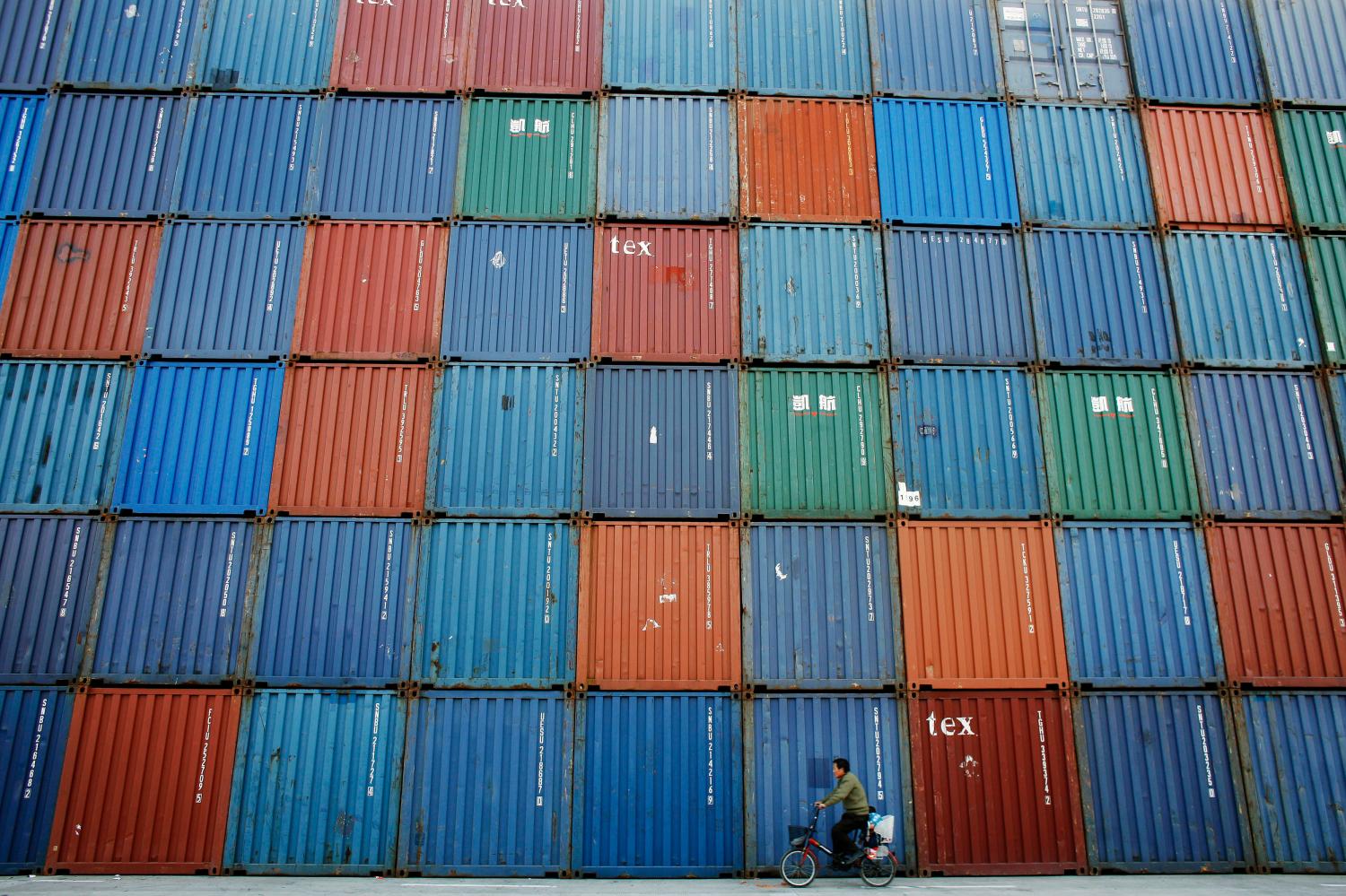Content from the Brookings Institution India Center is now archived. After seven years of an impactful partnership, as of September 11, 2020, Brookings India is now the Centre for Social and Economic Progress, an independent public policy institution based in India.
This paper explains the basic concepts of product space analysis and works with the data provided by the Atlas of Economic Complexity that reflect these concepts, i.e. ease of moving into production and export of another “nearby product”, the consecutive chain of domestic capabilities that can be developed by moving into a nearby product and the linkages between products and capabilities that will help sustain export diversification. This paper combines these concepts and data based on product space analysis with several policy objectives to identify sectors or product categories whose exports could be emphasised to achieve the largest impact in terms of the objectives concerned.
These products are identified in terms of improving both exports in general as well as exports to specific major markets. In this context, a simple method is discussed in this paper to identify products whose exports could potentially increase if non-tariff barriers faced by them are addressed in major markets. This effort provides a basis to develop a bilateral dialogue with selected countries to improve the operational conditions faced by Indian export when they seek market access abroad and to develop a basis for regulatory coherence and cooperation.
Trade policy for promoting exports includes both policies at the border (tariffs, quotas and customs procedures) and policies within the border (standards, regulatory regimes, policy procedures for getting approvals, subsidies and other forms of support, skill enhancement).
With an increase in global value chains and trade in services, facilitating rather than restrictive policies have been found to be better for improving cost-efficient quality production and competitiveness.
The policies under both these categories can be broadly identified as either restrictive policies or facilitating policies. With an increase in global value chains and trade in services, facilitating rather than restrictive policies have been found to be better for improving cost-efficient quality production and competitiveness. There may, however, be a need for restrictive policies in certain instances. In that context, it is suggested that the decision be based on transparent and objective analysis of the impact of such policies, and if a restrictive policy is to be implemented then it should be done on a temporary basis, reducing the restrictiveness of the measure over time, with the restrictive policy being removed in a time-bound manner.





